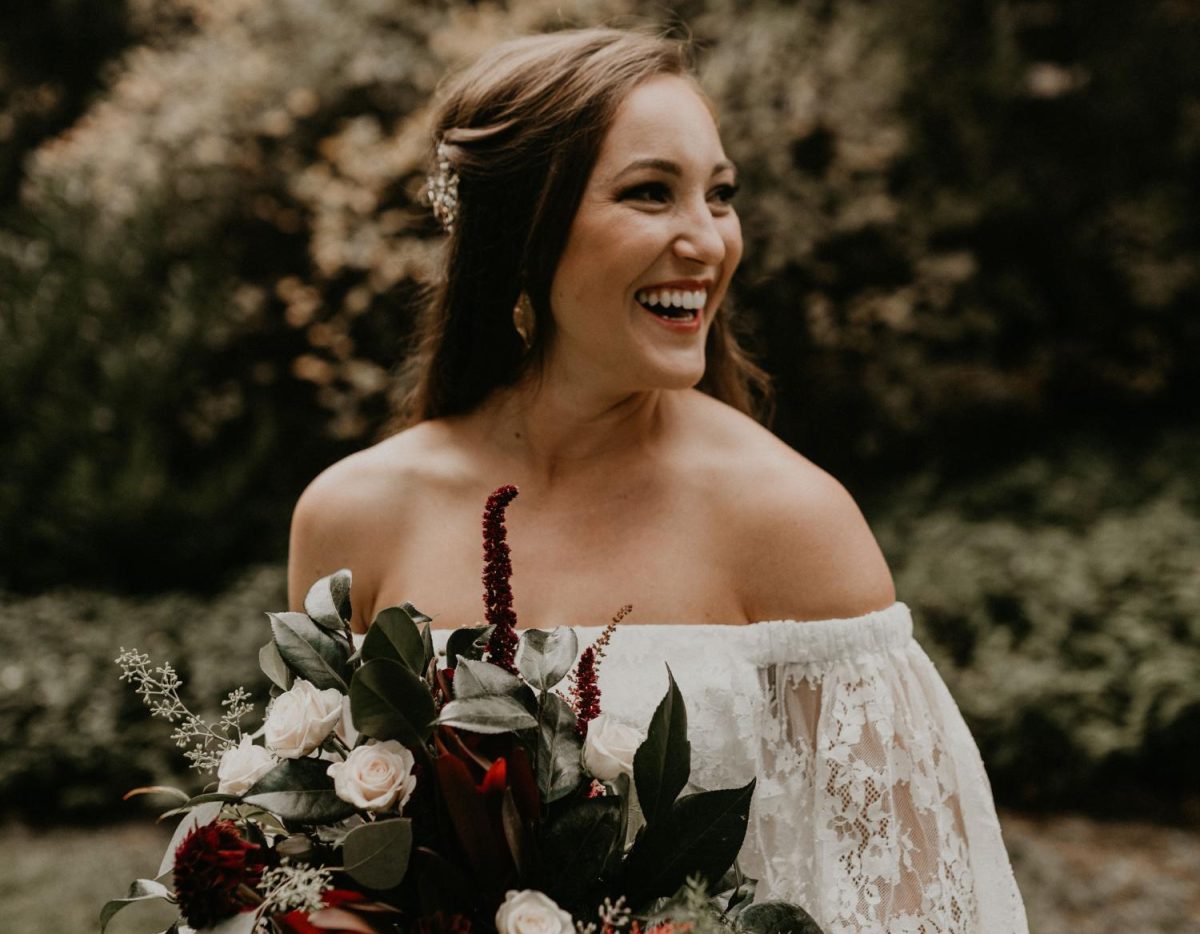The “Fake Freckles” makeup trend has recently been adopted into the beauty community, gaining significant popularity and following starting in 2018. In a relatively short time, freckles have transformed from an imperfection to an acceptable trait to now, a booming cosmetic industry. In part, that’s because attitudes — toward bodies, toward skin, toward certain “flaws” — have changed. It’s also because, despite all that, beauty as an industry hasn’t changed. It continues to decide what is beautiful then profits from consumers’ desire to have it.
Throughout history, freckles have long been misunderstood and seen as imperfections. But there was a notable shift in the mid- to late 20th century, when a tan and the accompanying freckles became a status symbol of a life of leisure. By the 1990s, freckles were associated with a more youthful appearance, due to models and “natural appearance” movements. In the early 2000s, they had become trendy on ad campaigns and runways. Then, in 2018, Meghan Markle’s decision to go more natural for her wedding to Prince Harry led to a surge in imitation freckles. In recent years, the rise of TikTok and the openness of influencers who are getting cosmetic work done have further bolstered procedures like freckle tattoos to a larger audience.
Similarly, the rise of self-tanning lotions — and oils, and mousses and foams — may help explain the rise of the faux freckle. That industry has been steadily expanding since 2021, a development often attributed to increasing awareness of skin health and the risks posed by real UV rays. Fake freckles may be one more way to enjoy a sun-kissed look without having to get the sun involved.
Ultimately, the increase in popularity of fake freckles has encouraged women to embrace a more natural look, and has inspired a positive outlook on what used to be seen as an insecurity.














